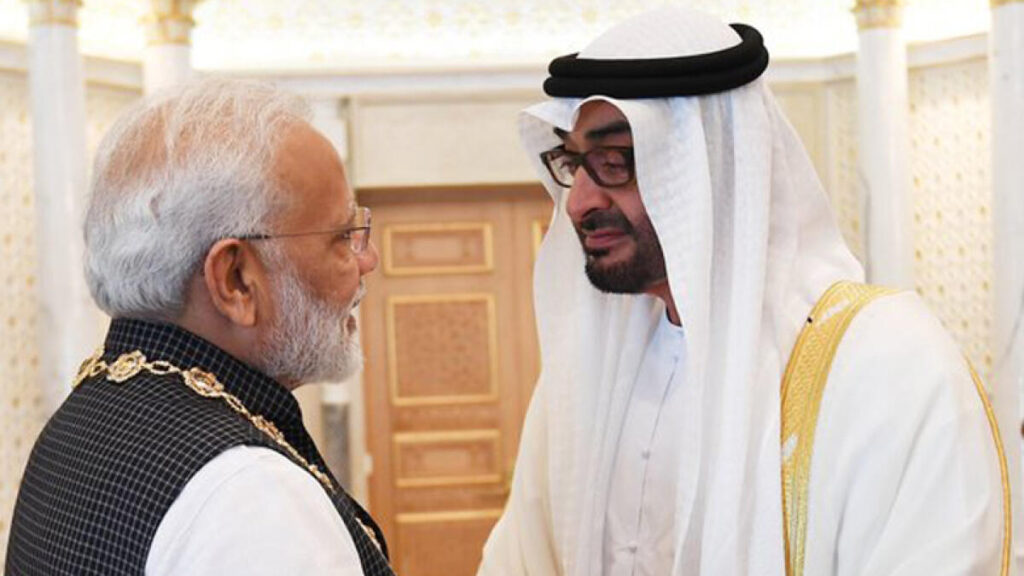The CEPA is expected to increase the total value of bilateral trade in goods to over US$100 billion and trade in services to over US$ 15 billion within five years.

New Delhi: The historic India-UAE Comprehensive Economic Partnership Agreement (CEPA) came into force today with the first consignment of goods was flagged off at a function in New Delhi on Sunday.
The CEPA, which was signed on February 18, is expected to increase the total value of bilateral trade in goods to over US$100 billion and trade in services to over US$ 15 billion within five years.
Secretary, Department of Commerce, BVR Subrahmanyam flagged off the first consignment of goods consisting of Jewellery products from India to UAE under the India-UAE CEPA at a function in New Customs House in New Delhi.
In a symbolic gesture operationalizing the landmark Agreement, B V R Subrahmanyam, Commerce Secretary to Government of India, handed over Certificates of Origin to three exporters from the Gems and Jewellery sector. The aforementioned consignment which will now attract zero customs duty under this agreement is expected to reach Dubai on Sunday.
Speaking at the ceremony, Commerce Secretary said it was a momentous occasion. Highlighting the immense potential for strategic partnership between the two nations, he said that the agreement is a trendsetter because of the short time in which it was negotiated.
He added that although the agreement had envisioned a target of USD 100 billion worth of trade, given the size of India’s market and the access that UAE would give to India, much more could be achieved. Noting that the agreement was an outcome of the vision of the leaders of the two nations, the Commerce Secretary said that for India, UAE would be a gateway to the world.
Underscoring the need for India products to be competitive in the international market, the Secretary said that there was a need to build and augment our capacities. He also added that the government was working on reducing the logistics cost so that the products from hinterland could also be competitive.
The Commerce Secretary informed that India was negotiating trade agreements at a very fast pace with complementary economies and that talks were ongoing with UK, Canada and EU.
He also spoke of the need to communicate the benefits of such trade agreements to the exporter community in layman’s language so that they understand the provisions of the agreement and make the best possible use of it.
Highlighting the need for market intelligence and data analytics, which the government would be focusing on in future, the Secretary urged the exporters to take advantage of free trade agreements.
Stating that USD 670 bn of exports (goods and service) during last fiscal year constituted 22-23% of the GDP, Subrahmanyam said that exports are an important engine of growth in every economy and added that the world was looking to India as a reliable partner.
Conveying a vision for India’s future in 2047, the Secretary said that we would be a USD 40 trillion economy in the next 25 years. He asserted that the Department of Commerce has also been strengthening itself to be future ready and meet the challenges of tomorrow with focus on trade promotion.
